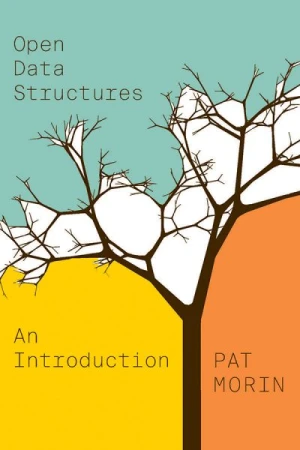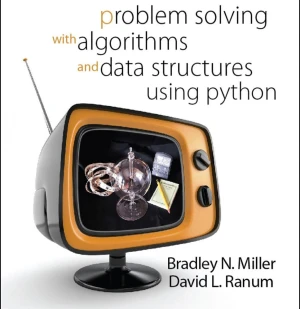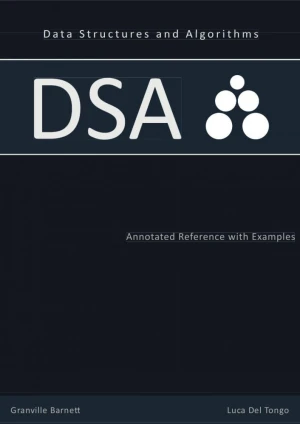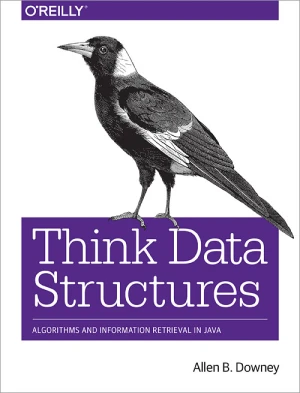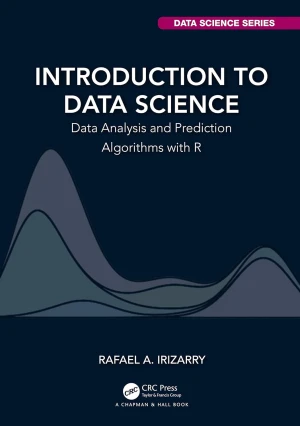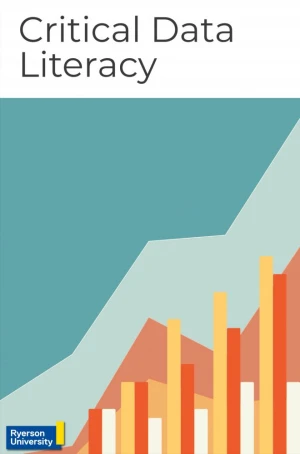An Open Guide to Data Structures and Algorithms
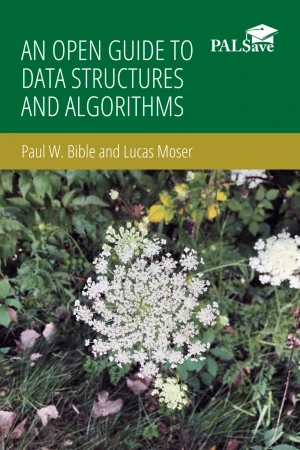
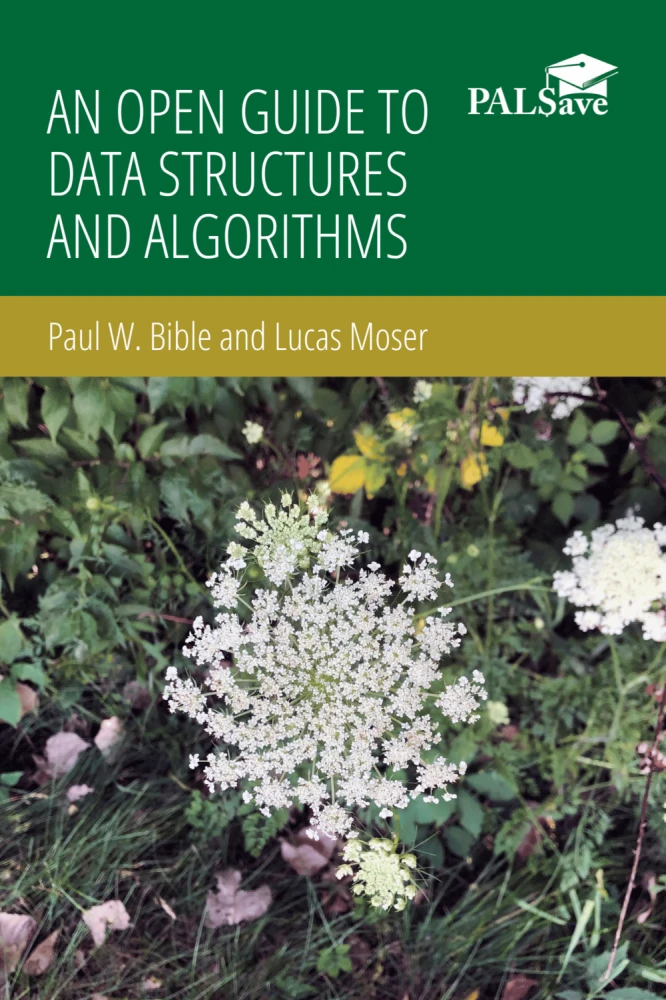
Book Details
| Authors | Paul W. Bible, Lucas Moser |
| Publisher | PALNI Open Press |
| Published | 2023 |
| Edition | 1st |
| Paperback | 350 pages |
| Language | English |
| ISBN-13 | 9781956390247, 9781956390230 |
| ISBN-10 | 1956390243, 1956390235 |
| License | Creative Commons Attribution |
Book Description
Data encountered in a computer program is classified by type. Common types include integers, floating point numbers, Boolean values, and characters. Data structures are a means of aggregating many of these scalar values into a larger collection of values.
An algorithm is an explicit sequence of instructions, performed on data, to accomplish a desired objective.
This open access book serves as a gentle introduction for undergraduates to theoretical concepts in data structures and algorithms in computer science while providing coverage of practical implementation (coding) issues. The field of computer science (CS) supports a multitude of essential technologies in science, engineering, and communication as a social medium. The varied and interconnected nature of computer technology permeates countless career paths making CS a popular and growing major program. Mastery of the science behind computer science relies on an understanding of the theory of algorithms and data structures. These concepts underlie the fundamental tradeoffs that dictate performance in terms of speed, memory usage, and programming complexity that separate novice programmers from professional practitioners.
This book is available under a Creative Commons Attribution license (CC BY), which means that you are free to copy, distribute, and modify it, as long as you give appropriate credit to the original author.
If you enjoyed the book and would like to support the author, you can purchase a printed copy (hardcover or paperback) from official retailers.
Download and Read Links
Share this Book
[localhost]# find . -name "*Similar_Books*"
Open Data Structures
Offered as an introduction to the field of data structures and algorithms, Open Data Structures covers the implementation and analysis of data structures for sequences (lists), queues, priority queues, unordered dictionaries, ordered dictionaries, and graphs. Focusing on a mathematically rigorous approach that is fast, practical, and efficient, Mor
Problem Solving with Algorithms and Data Structures, 3rd Edition
The study of algorithms and data structures is central to understanding what computer science is all about. Learning computer science is not unlike learning any other type of difficult subject matter. The only way to be successful is through deliberate and incremental exposure to the fundamental ideas. A beginning computer scientist needs practice
Data Structures and Algorithms
This book provides implementations of common and uncommon algorithms in pseudocode which is language independent and provides for easy porting to most imperative programming languages. It is not a definitive book on the theory of data structures and algorithms. For the most part this book presents implementations devised by the authors themselves b
Think Data Structures
If you're a student studying computer science or a software developer preparing for technical interviews, this practical book will help you learn and review some of the most important ideas in software engineering - data structures and algorithms - in a way that's clearer, more concise, and more engaging than other materials. By emphasizing practic
Introduction to Data Science
Introduction to Data Science: Data Analysis and Prediction Algorithms with R introduces concepts and skills that can help you tackle real-world data analysis challenges. It covers concepts from probability, statistical inference, linear regression, and machine learning. It also helps you develop skills such as R programming, data wrangling, data vi
Critical Data Literacy
A short course for students to increase their proficiency in analyzing and interpreting data visualizations. By completing this short course students will be able to explain the importance of data literacy, identify data visualization issues in order to improve their own skills in data story-telling. The intended outcome of this course is to help s

